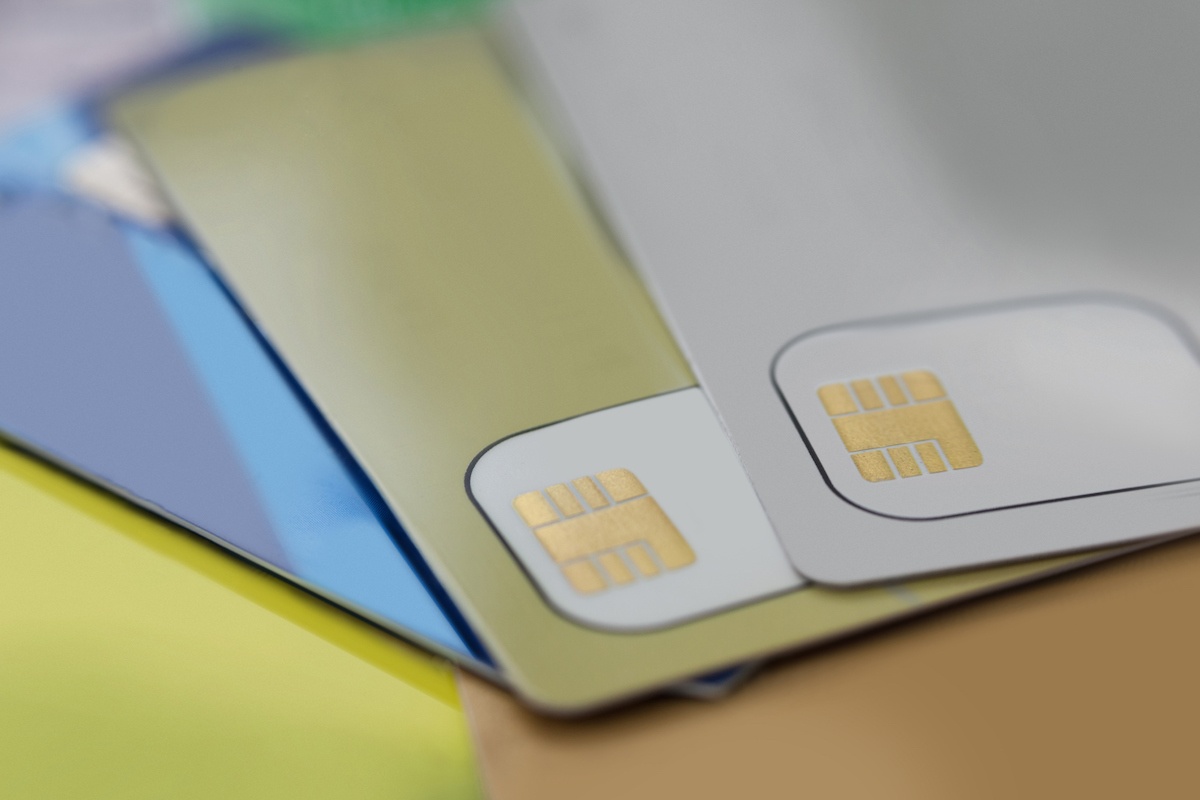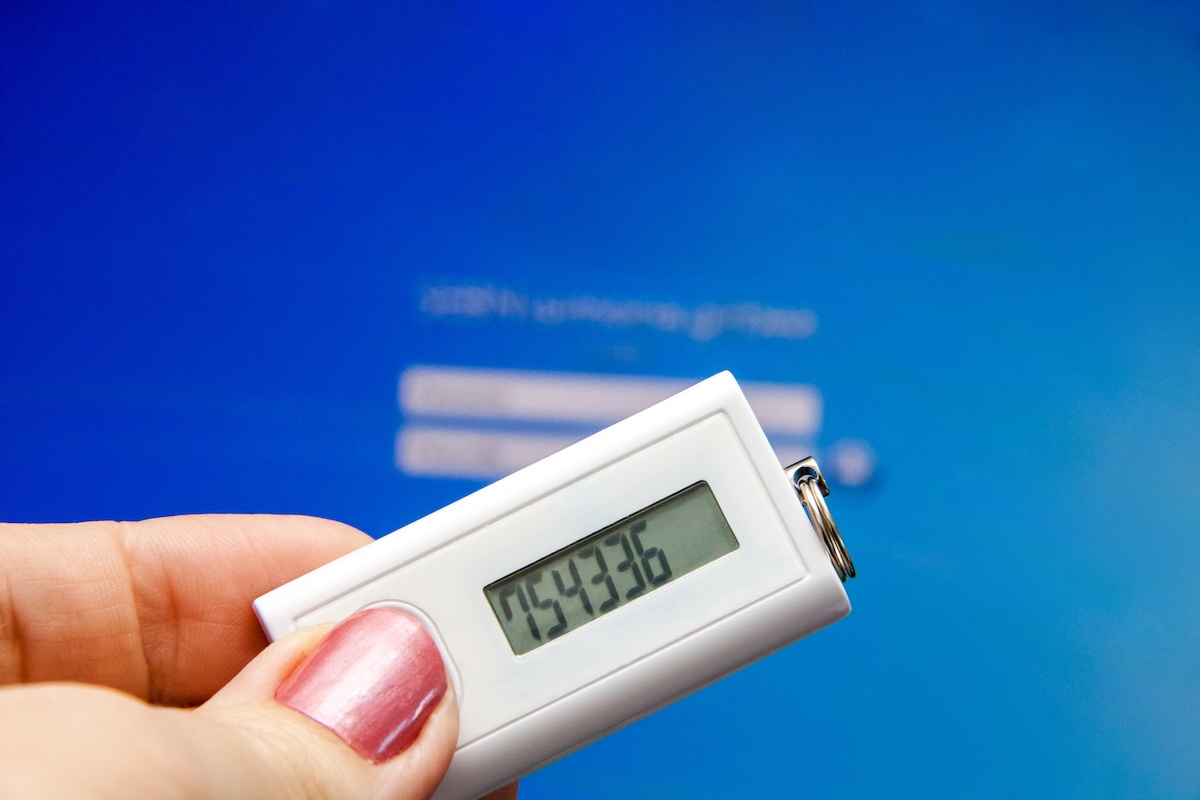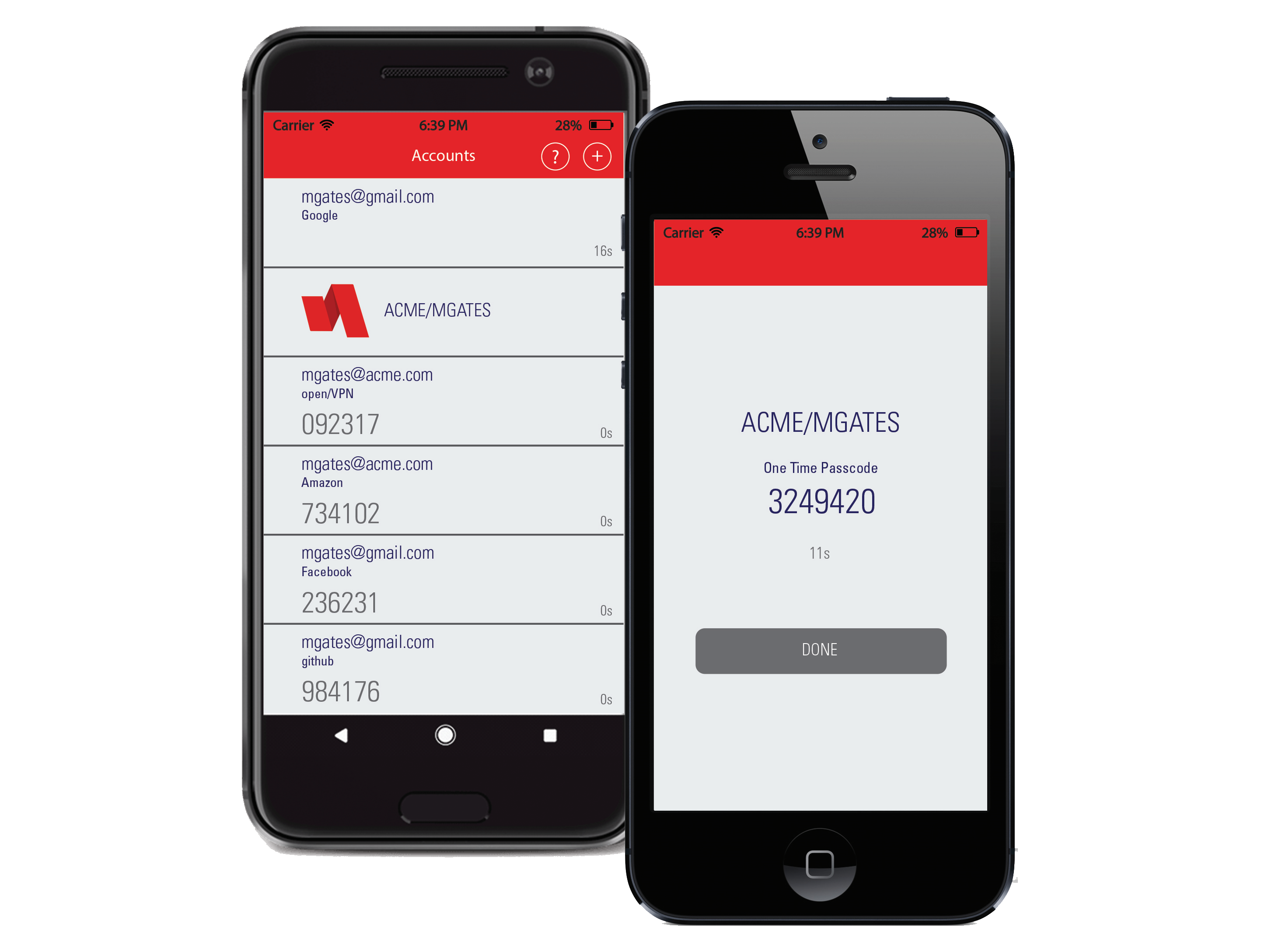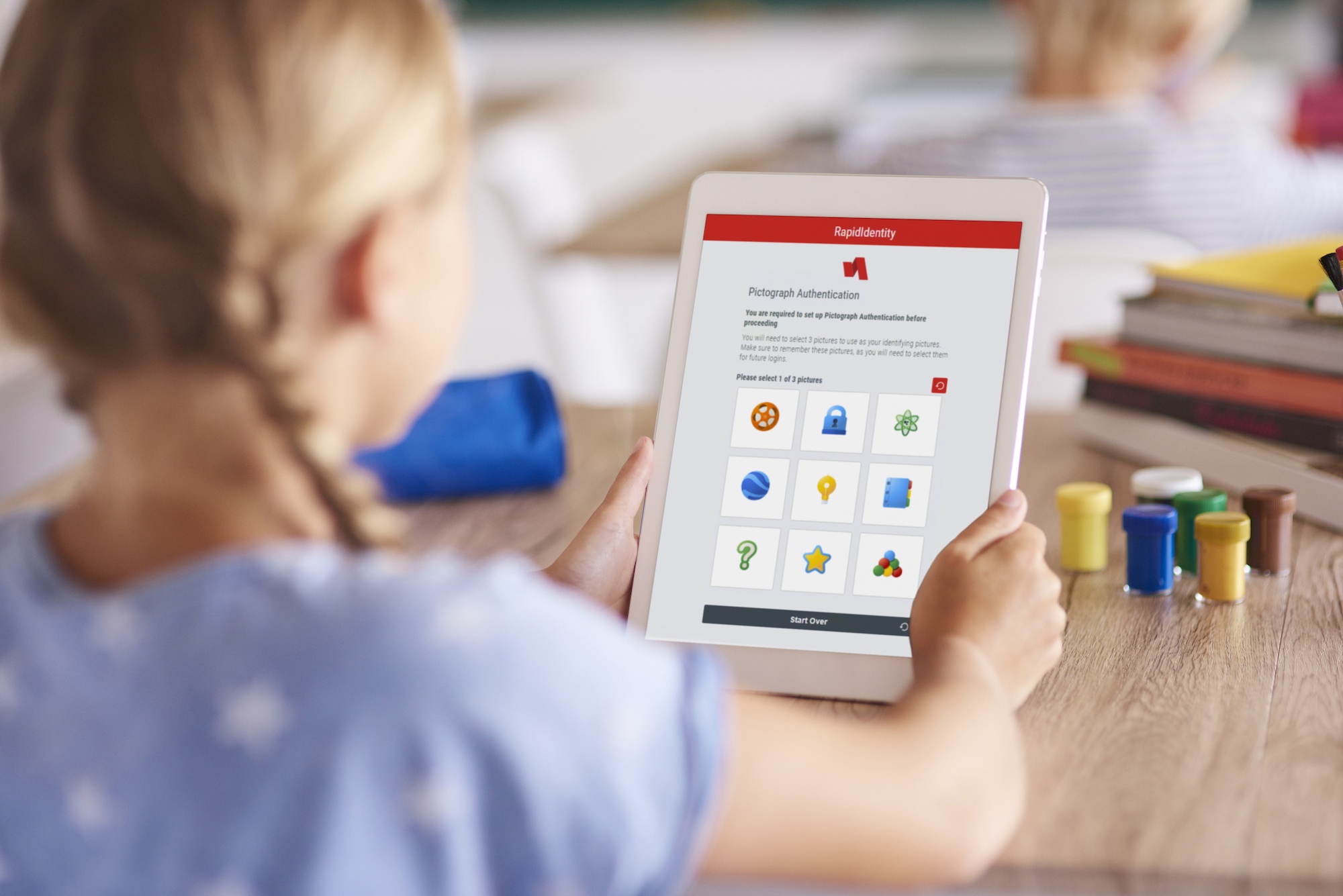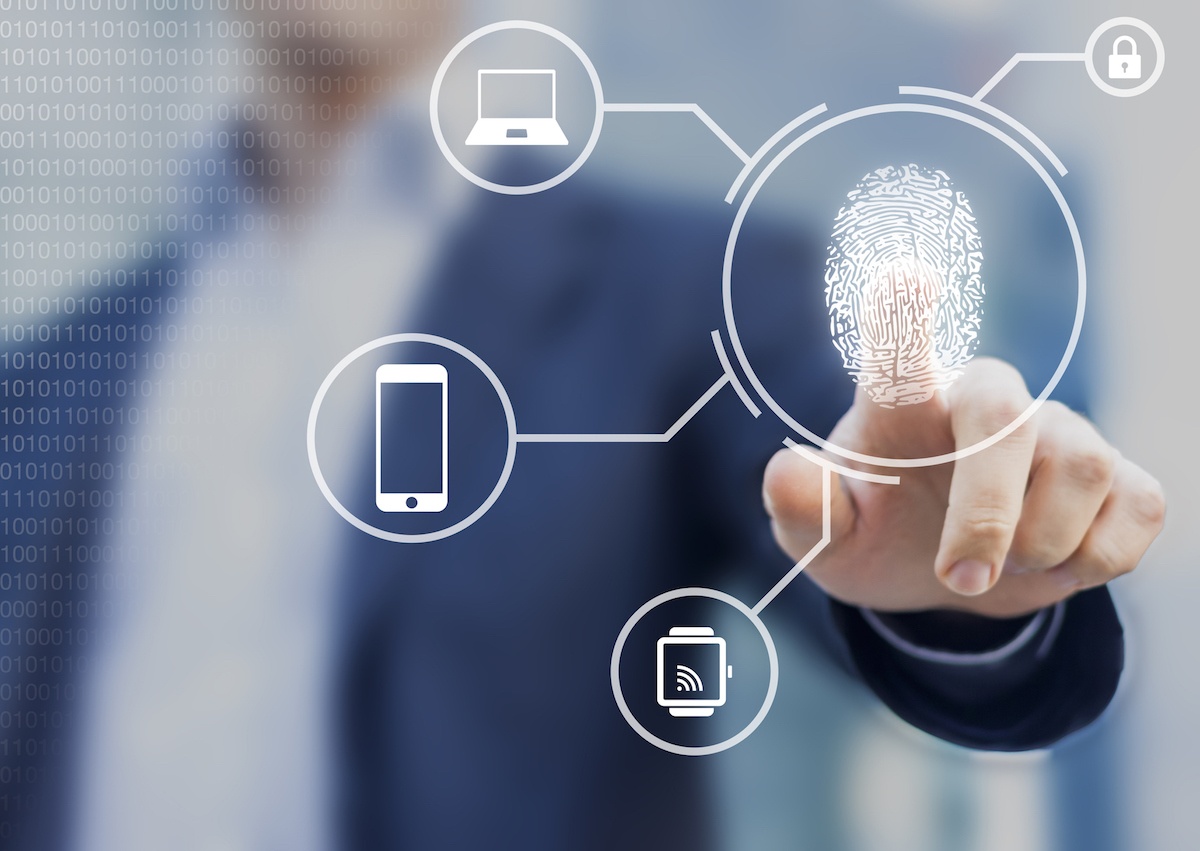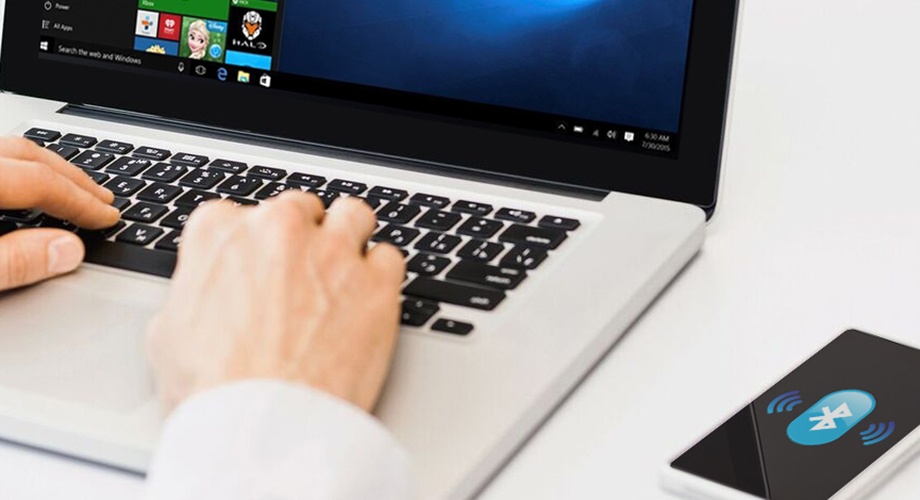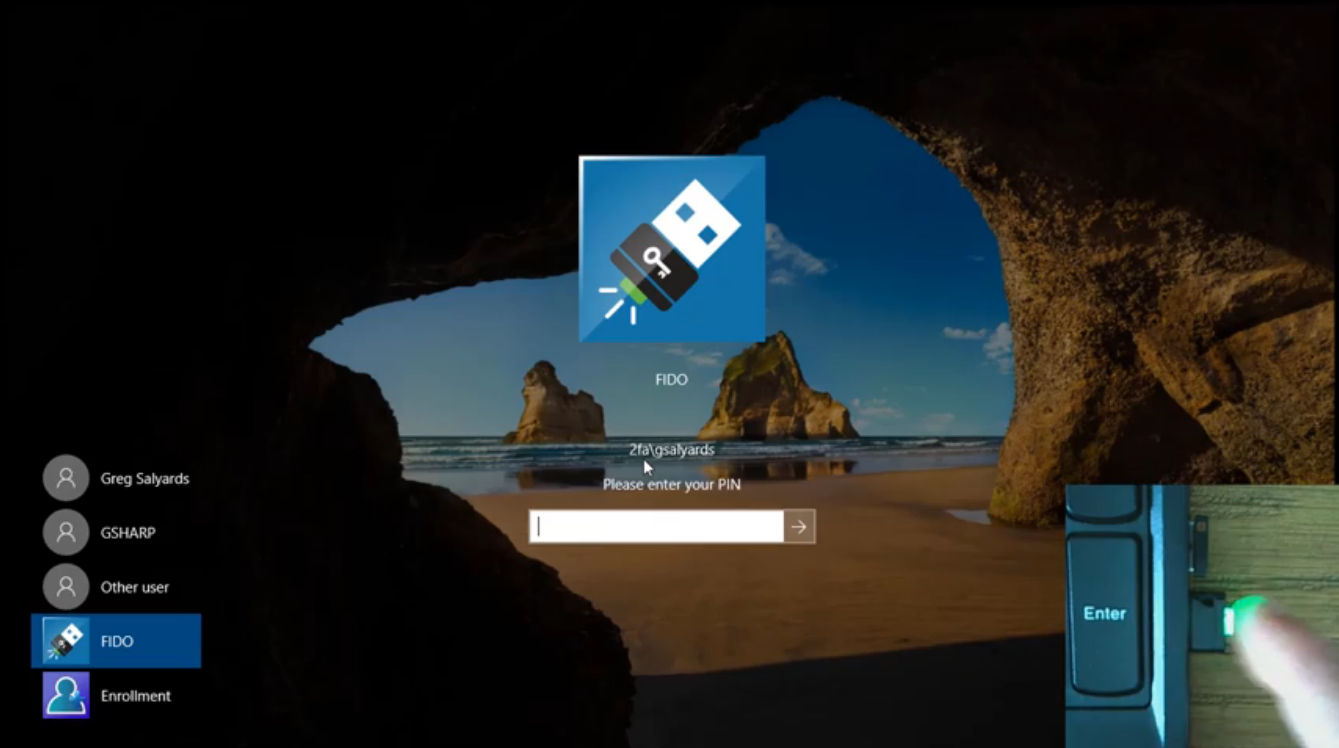Companies and end-users alike are constantly looking for authentication methods that lower barriers to entry and improve user experience without compromising security.
Identity Automation Blog
Blog Categories
- Cybersecurity (134)
- Company News (101)
- K-12 Education (80)
- RapidIdentity (71)
- Multi-Factor Authentication (69)
- Higher Education (44)
- Identity Governance (43)
- Identity Lifecycle Management (32)
- Single Sign-On (32)
- Healthcare (29)
- Access Management (19)
- Government & Public Sector (5)
- Identity Automation Pathfinder (1)
Two-Factor Authentication (2FA) Explained: Smart Cards
Smart cards are cards or cryptographic USB tokens that are used for a number of authentication purposes, including physical access (buildings, rooms), computer and network access, and some secure remote access solutions (virtual private networks (VPN), portals).
Two-Factor Authentication (2FA) Explained: One Time Password Hard Tokens
One time passwords (OTPs) are a popular choice for organizations looking to increase their security posture with two-factor authentication. As a refresher, OTPs are unique passwords that are only valid for a single login session and a defined period of time.
Two-Factor Authentication (2FA) Explained: One Time Password Soft Tokens
In today’s dynamic business environment, organizations are putting more and more pressure on users to increase productivity without sacrificing security. However, a company’s infrastructure needs to be nimble enough to meet these needs without negatively affecting user experience.
Alternative Authentication for Students, Part 2 - Pictograph Authentication
Technology in the classroom creates usability issues for very young students in pre-k, kindergarten, and first grade, as well as special education students. For many of these students, remembering and typing even simple usernames and traditional passwords is a struggle.
Alternative Authentication for Students, Part 1 - QR Code Badges
Schools are integrating technology and cloud resources into the classroom with ever-growing frequency. Overall education technology spending is expected to reach $19 billion by 2019 on a global scale. It’s easy to see why: Technology in the classroom has the ability to increase collaboration and productivity, create a more personalized learning experience, and enable teachers to distribute assignments and provide real-time feedback.
Two-Factor Authentication (2FA) Explained: Biometric Authentication
With multi-factor authentication (MFA), there are three types of authentication factors: something you know (knowledge), something you have (possession), and something you are (inherence).
Assigning Authentication Risk Levels, the Problem with the Traditional Approach
The employees in your organization are all different. There are people in marketing and finance and HR. There are people who always work from the office, those who always work from home, and those always on the road. Some employees need lots of access to sensitive data and systems to do their job, while others only need basic access to standard applications.
Two-Factor Authentication (2FA) Explained: Bluetooth Authentication
In today’s world of increasing cyberthreats, more and more pressure is being put on companies to increase security with stringent authentication processes. However, companies and their users seek methods that won’t negatively impact user experience.
Two-Factor Authentication (2FA) Explained: FIDO U2F
In an era of constant cyberthreats, enterprises are looking to beef up their security posture. A strategy being used by more and more companies is multi-factor authentication (MFA).
One of the most secure authentication methods is Fast Identity Online (FIDO) Universal Second Factor (U2F), an emerging universal standard for tokens with native support in platforms and browsers.
current_page_num+2: 5 -

